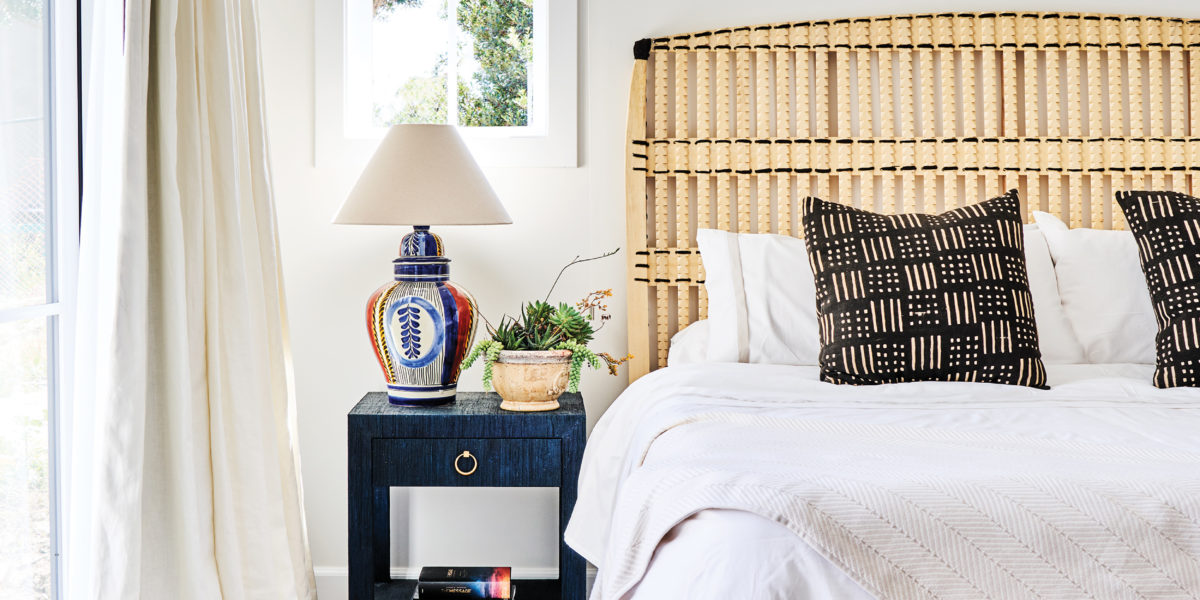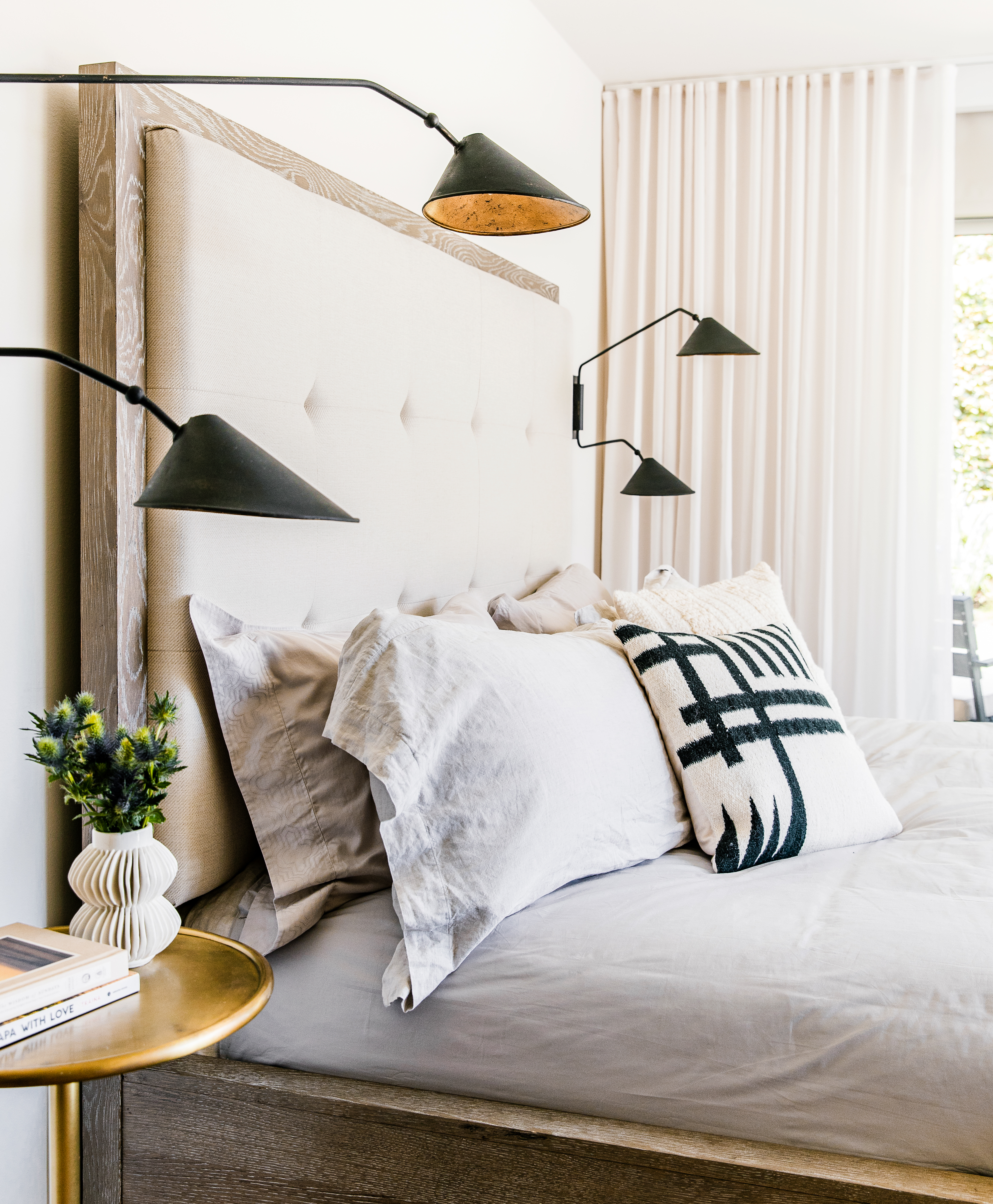
6 Ways to Stop Daylight Saving Time from Screwing up Your Sleep
How to adjust to the time change.

Thomas J. Story
Daylight saving time (DST) can be a total pain—whether you’re “falling back” or “springing forward.” Yes, I get the appeal of an extra hour of sleep in the fall, but let’s face it, any time change can be hard to adjust to. This can be especially true if you already have problems with sleep—falling asleep, staying asleep, or getting enough. And I think we all know that getting enough zzz’s is extremely important. It’s crucial to your health and wellbeing.
What Is Daylight Saving Time and Why Do We Have It?
This might not be news to you but in case you weren’t clear on what DST is, here’s the gist: It starts on the second Sunday in March (when you move your clocks forward an hour at 2 a.m.) and ends on the first Sunday of November (when you move your clocks back an hour at 2 a.m.). The reasoning behind all of this is, according to National Geographic, to “maximize sunlight in the Northern Hemisphere.” Basically, when the days get “shorter” you get extra sunlight at the end of the day. And CNN says that it was implemented to reduce electricity usage with more daylight hours—but the jury’s out on if it actually helps.
The benefits can be debated. Some people and industries like having the extra daylight, while others don’t like the change at all. It’s also important to note that not everyone in the U.S. (or even in the West) observes DST—Hawaii and Arizona (except Navajo Nation) don’t.
Is Daylight Saving Time Ending?
In March 2022, the U.S. Senate passed the Sunshine Protection Act of 2021, which “would move forward by one hour what is currently considered standard time by the federal government, beginning in November 2023.” It stalled in the house, however, and did not advance before the 117th Congress ended, so that particular bill is dead and no change to DST policy is expected any time soon. The bill’s passage through the Senate is encouraging, however, so we may see another bill at some point in the future.

Thomas J. Story
Sleep Tips for Daylight Saving Time
It looks like you still need to prep if you don’t want the changing of the clocks to mess with your sleep. Consider these tips below.
1. Don’t Hit Snooze
Gaby Badre, MD, PhD, This Works’ Scientific Advisor, professor, and neuroscientist, recommends resisting the snooze button: “Your body functions better with routine, so keep the same wake-up time even on the weekends.”
2. Soak in That Natural Light
Badre also suggests getting 10 to 20 minutes of exposure to natural light within the first two hours of waking.
3. Avoid Long Naps
The Cleveland Clinic recommends avoiding naps because it can make it harder for you to sleep at night. If you do need to take one, keep it to 20 minutes or less.
4. Cut Your Screen Time
Avoid screens at least an hour before bedtime, Badre says. This might be easier said than done for a lot of people (myself included).
5. Stay Away from Coffee and Alcohol
You’ll want to steer clear of coffee and alcohol four to six hours before your bedtime as both can be sleep disruptors, according to The Cleveland Clinic.
6. Set up a Bedtime Routine
A nighttime routine can indicate to your brain and body that it’s time to go to sleep, so if you don’t already have one, try it. Your routine can include anything from meditating to journaling, stretching, and more. Whatever helps you relax and wind down.
Sleep Products to Shop
Sometimes, though, you just might need some extra help in the sleep department. Take a look at some of these aids our editors love.
We only recommend things we love. If you buy something through our site, we might earn a commission.
Read the Current Issue Here!
Get one year of Sunset—and all kinds of bonuses—for just $29.95. Subscribe now!
